no photo available
- Type:
- artificial reef, barge
- Specs:
- ( 43 ft )
- Sunk:
- Sunday Sept 5, 2010 - Barnegat Light Artificial Reef
- GPS:
- 39°45.050' -74°01.400'
More: Gary Smith ...
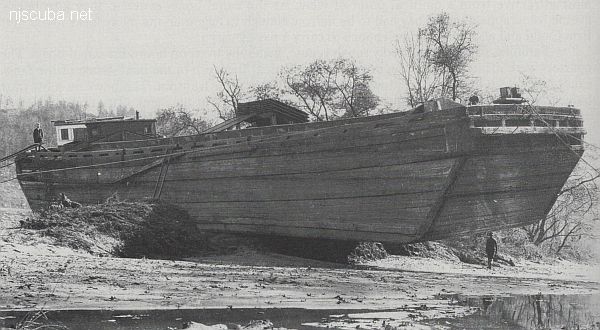
A barge is a vessel that does not have its own means of propulsion ( usually. ) Barges are towed or pushed from place to place by tugboats, or anchored in place to serve as temporary work platforms, floating docks, or storage. Some barges are self-propelled, in a limited way. These are known as scows, and their limited propulsive power restricts them to protected waters without the assistance of a tugboat.
More: Barge ...
no photo available
More: Gary Smith ...
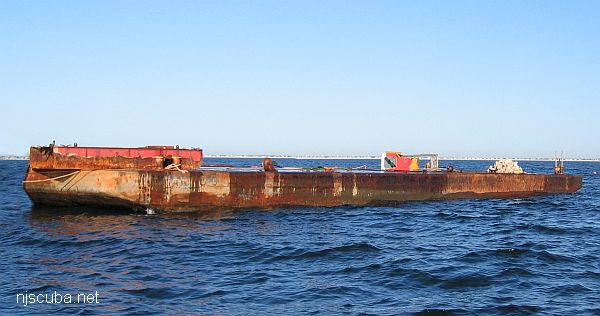
More: Hillman III ...
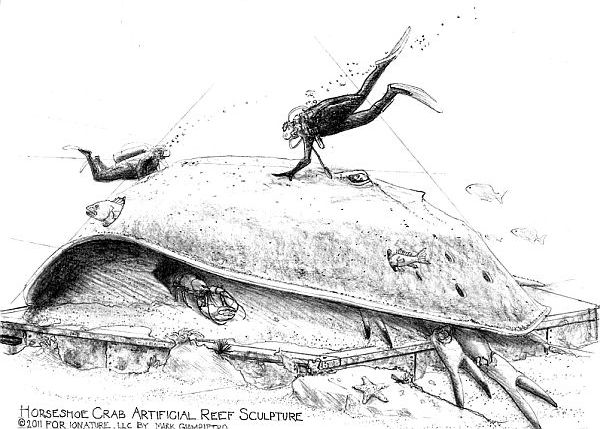
More: Horseshoe Crab Barge ...
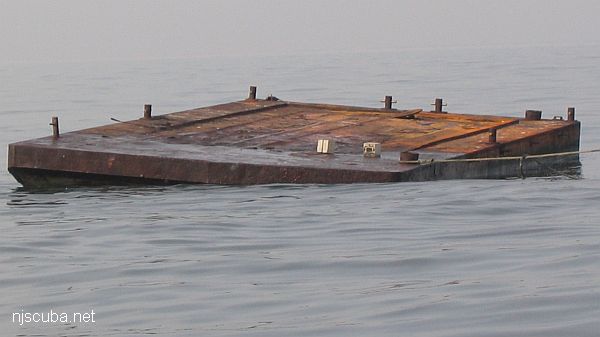
More: Houston & Mesday ...
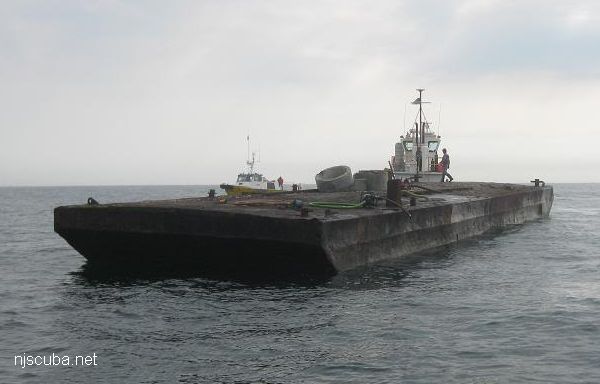
More: Howard Bahnsen ...
This wreck seems to be one or more wooden barges, possibly garbage barges from the 1920s. There is an anchor in one spot near a machinery pile, and in other spots, the old walls rise perhaps 10 ft off the bottom. But otherwise, everything is pretty broken down. This forms many hiding holes for lobster and rock crabs, and there is one in almost every hole, and some quite large. The Sea Bass are also good-sized. Yellowish natural sponges and bottles are easy to find.
More: Immaculata ...
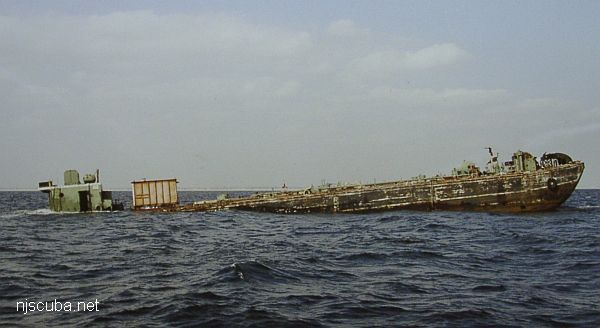
More: Jim Lynch E-13 ...
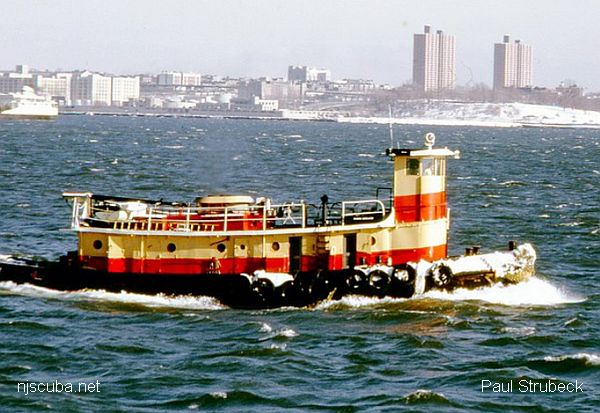
More: JJ DPC-19 ...
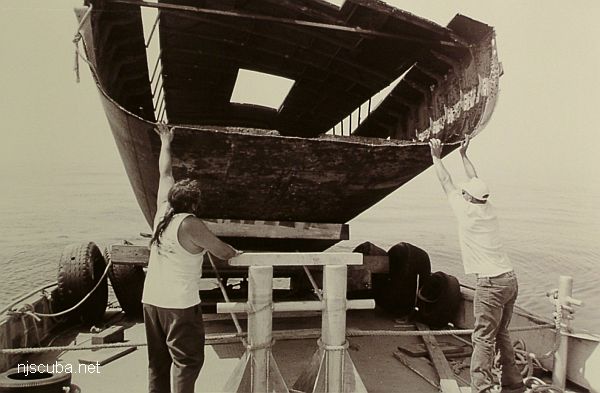
More: Kathy & Maria ...